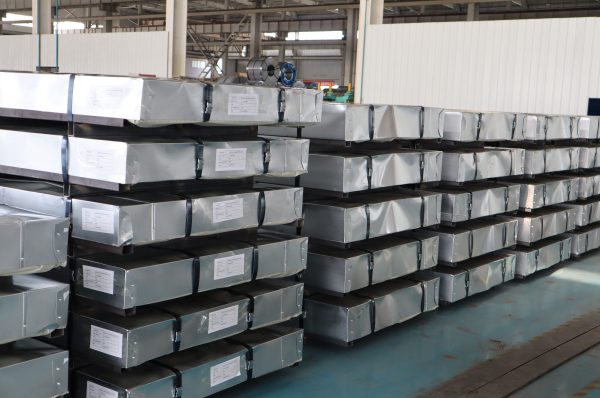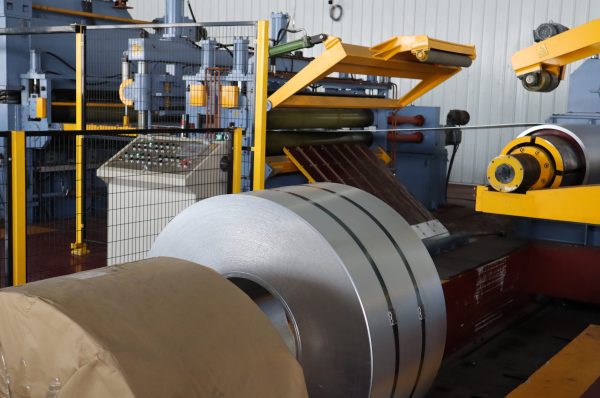High-strength steel, characterized by its superior tensile strength and durability, is a critical material in various industries where performance and safety are paramount. Its enhanced mechanical properties make it suitable for applications that demand higher load-bearing capacity, reduced weight, and improved resilience. This article explores the diverse applications of high-strength steel, illustrating its impact on modern engineering and manufacturing.
1. Automotive Industry
In the automotive sector, high-strength steel is essential for improving vehicle safety, performance, and fuel efficiency. It is used in the production of critical components such as chassis, body panels, and structural reinforcements. The high strength-to-weight ratio of this steel allows for thinner and lighter parts without compromising safety. This contributes to better fuel economy by reducing the overall weight of the vehicle while maintaining structural integrity during crashes. Additionally, high-strength steel is employed in components like crash boxes and bumper beams to enhance energy absorption in collisions.
2. Construction and Infrastructure
High-strength steel plays a significant role in construction and infrastructure projects, where it is used in applications that require enhanced load-bearing capabilities. It is commonly used in the construction of skyscrapers, bridges, and high-rise buildings. The material’s ability to support heavy loads while maintaining a lighter structure helps in designing taller and more efficient buildings. In bridges, high-strength steel allows for longer spans and reduced material usage, leading to cost savings and structural efficiency.
3. Energy Sector
In the energy sector, high-strength steel is utilized for critical applications such as oil and gas pipelines, drilling rigs, and offshore platforms. The steel’s high tensile strength and resistance to harsh environmental conditions are crucial for ensuring the reliability and safety of these structures. High-strength steel helps in withstanding high pressures and corrosive environments, making it suitable for transporting and extracting energy resources efficiently.
4. Aerospace Industry
The aerospace industry benefits from high-strength steel in the manufacturing of aircraft components and structures. The material’s exceptional strength and lightweight properties are essential for optimizing aircraft performance and fuel efficiency. High-strength steel is used in various parts, including landing gear, structural frames, and engine components, where strength-to-weight ratio is critical for safety and performance.
5. Heavy Machinery and Equipment
High-strength steel is crucial in the production of heavy machinery and equipment used in construction, mining, and agriculture. Components such as excavator arms, bulldozer blades, and mining trucks are made from high-strength steel to withstand extreme stresses and heavy loads. The material’s durability ensures that machinery remains operational under challenging conditions, leading to increased productivity and reduced maintenance costs.
6. Shipbuilding
In shipbuilding, high-strength steel is employed to construct large vessels such as cargo ships, tankers, and naval ships. The material’s strength allows for the construction of thinner, lighter hulls that can support greater loads while reducing fuel consumption. High-strength steel’s resistance to corrosion and impact is essential for ensuring the durability and safety of ships navigating various marine environments.
7. Rail Industry
The rail industry uses high-strength steel to manufacture rail tracks, sleepers, and other components of rail infrastructure. The steel’s ability to endure heavy loads and resist deformation is crucial for maintaining the integrity of rail systems under constant stress from trains. High-strength steel contributes to the longevity and reliability of rail networks, supporting efficient and safe rail transport.
8. Defense and Security
In the defense sector, high-strength steel is used in the construction of armored vehicles, military equipment, and protective barriers. The material’s strength and impact resistance are critical for ensuring the safety and effectiveness of defense systems. High-strength steel provides enhanced protection against ballistic threats and explosive impacts, making it suitable for various military applications.
Conclusion
High-strength steel is a vital material across multiple industries, providing enhanced performance, safety, and efficiency. Its applications span from automotive and construction to energy and defense, showcasing its versatility and impact on modern engineering. As technological advancements continue, high-strength steel will play an increasingly important role in developing innovative solutions and supporting the demands of various sectors. Its contribution to improving load-bearing capabilities, reducing weight, and enhancing durability ensures that it remains a cornerstone of contemporary manufacturing and infrastructure development.



